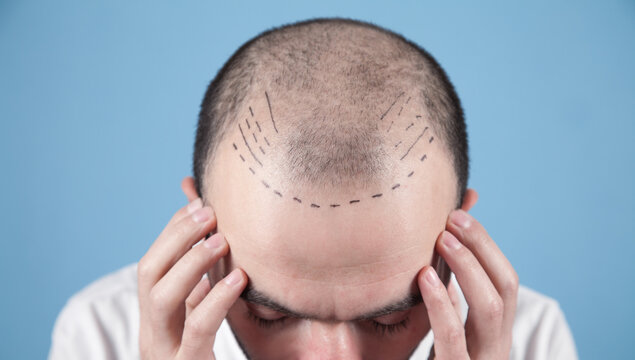While a hair transplant in riyadh can technically be performed at any time of the year, certain seasons in Riyadh can be more advantageous for a comfortable recovery and optimal results, primarily due to the city's extreme climate.

Riyadh's Climate and Its Impact on Hair Transplant Recovery:
Riyadh experiences two main seasons:
- Hot Season (roughly May to September): Extremely hot with average daily high temperatures often exceeding 40°C (104°F) and even reaching into the high 40s°C (115°F+). Humidity can also be high in certain months.
- Mild to Cool Season (roughly October to April): Much more pleasant, with average daily highs ranging from 20°C to 30°C (68°F to 86°F), and cooler nights.
The Best Time of Year to Get a Hair Transplant in Riyadh:
Considering Riyadh's climate and the crucial post-operative care, the cooler months of Fall (October-November) and Spring (March-April), and even Winter (December-February) are generally considered the best times for a hair transplant in Riyadh.
Why these seasons are preferable:
- Reduced Sweating:
- Crucial for Healing: Excessive sweating in the initial days and weeks after a hair transplant can be detrimental. Sweat can irritate the sensitive scalp, increase the risk of infection, and potentially compromise the newly implanted grafts by creating an overly moist environment.
- Riyadh's Heat: The summer months in Riyadh are intensely hot, making it almost impossible to avoid sweating, even indoors or with air conditioning. The cooler months significantly reduce this concern.
- Less Direct Sun Exposure:
- UV Damage: The scalp and newly transplanted follicles are extremely sensitive to UV radiation for several months post-procedure. Direct sun exposure can damage the delicate grafts, cause sunburn on the treated areas (which can be very painful and detrimental to healing), and lead to hyperpigmentation.
- Cooler Months Advantage: During Fall, Winter, and Spring, the sun's intensity is lower, and people naturally spend less time outdoors in direct sunlight. This makes it easier to protect your scalp. While wearing a loose hat is always recommended when outdoors after a transplant, cooler weather provides an added layer of protection.
- Comfort During Recovery:
- Swelling and Discomfort: Some swelling and mild discomfort are common in the first few days post-op. Cooler temperatures can help reduce inflammation and make the recovery period more comfortable. High heat and humidity can exacerbate swelling and general discomfort.
- Less Irritation: The mild weather helps keep the scalp calm and reduces itching or irritation that might be caused by extreme temperatures.
- Discreet Recovery (Winter Advantage):
- In the winter, wearing hats or beanies to keep warm is socially acceptable. This can provide a convenient way to discreetly cover the immediate post-operative signs (scabbing, redness) while your scalp heals.
Specific Considerations for Each Season:
- Fall (October - November): Often considered ideal. The weather transitions to pleasant warmth during the day and cooler evenings, with less humidity and intense sun.
- Winter (December - February): Excellent choice. Temperatures are mild to cool, and outdoor activities are more limited, allowing for more indoor recovery time.
- Spring (March - April): Also a very good option. The weather is pleasant before the extreme summer heat sets in, offering moderate temperatures and generally lower humidity.
- Summer (May - September): Generally the least ideal time. While possible, it requires much stricter adherence to post-operative instructions, including:
- Strict Sun Avoidance: Staying indoors during peak sun hours (10 AM - 4 PM).
- Loose Headwear: Consistently wearing a loose-fitting, breathable hat outdoors.
- Sweat Management: Frequently and gently cleaning the scalp to prevent sweat accumulation, and avoiding strenuous activities that cause heavy sweating.
- Hydration: Staying very well hydrated.
Ultimately, the "best" time also depends on your personal schedule:
- Work/Social Commitments: Many people choose a time when they can take a week or two off work for initial recovery without significant disruption.
- Holidays: If you plan a beach holiday or extensive outdoor activities in the summer, it's best to have your transplant well in advance (at least 1-2 months before, ideally 6-12 months for final results) or choose a different season for the procedure.
Recommendation:
If you have flexibility, aim for a hair transplant in Riyadh during the Fall (October, November) or Spring (March, April). Winter (December, January, February) is also a strong contender. These seasons offer the most favorable climate conditions for a comfortable recovery, reduced risks, and optimal healing, which ultimately contributes to the success and natural appearance of your hair transplant. Always discuss your concerns and lifestyle with your chosen surgeon, as they can provide tailored advice for your recovery regardless of the season.
Sources




Comments